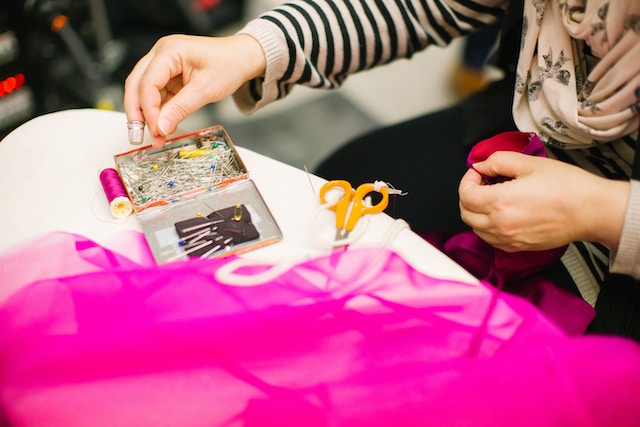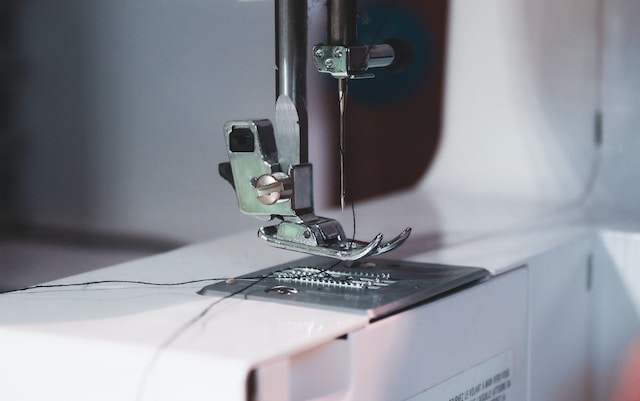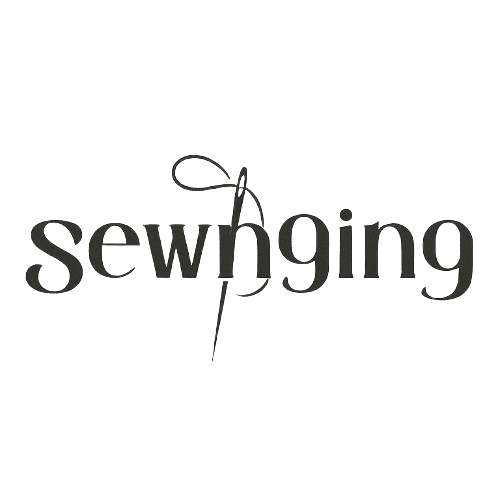Are you a fan of making your own clothes or adding personalized touches to your home decor? Then the age-old question of whether sewing is a skill or talent has probably crossed your mind. Some argue that it takes innate ability, while others believe anyone can learn with practice. Join us as we dive into this great debate about whether is sewing a skill or a talent and explore what it really means to be skilled at sewing.

Introduction to the Debate: What is a skill? What is talent?
Sewing is a skill that can be learned by anyone with the patience and desire to do so. However, some people argue that sewing is a talent that cannot be taught. So, what is a skill? What is talent?
The debate over whether sewing is a skill or talent has been going on for years. Some people believe that sewing is a skill that can be learned by anyone, while others believe that it is a talent that cannot be taught. So, what is the difference between a skill and a talent?
A skill is something that can be learned through practice and instruction. Anyone can learn how to sew if they have the patience and desire to do so. A talent, on the other hand, is something you are born with. You either have it or you don’t.
So, which one is sewing? Is it a skill or a talent? There’s no easy answer. It depends on who you ask. Some people will say it’s a skill because it can be learned by anyone. Others will say it’s a talent because not everyone has the natural ability to do it well. Ultimately, it’s up to you to decide which side of the debate you agree with.
Benefits of Sewing as a Skill
There are many benefits of sewing as a skill. Sewing is a great way to save money, as you can make your own clothes, curtains, and other household items. Sewing is also a great way to be creative, as you can design and create your own unique items. Sewing is also a great way to relax and de-stress, as it is a calming and therapeutic activity.

Benefits of Sewing as a Talent
Sewing is a great way to express your creativity. You can make your own clothes, quilts, curtains, and other home décor items. Sewing is also a useful skill to have if you need to make repairs to clothing or other items.
Sewing can be a relaxing and therapeutic activity. It’s a great way to de-stress after a long day. Sewing can also be a fun hobby to share with friends or family members.
Sewing is a practical skill that can save you money. If you know how to sew, you can make your own clothes instead of buying them. You can also mend and repair clothes instead of throwing them away.
Sewing is a versatile skill that can be used in many different ways. Whether you want to use it for creative expression, stress relief, or practical purposes, sewing is a great talent to have!
The Argument for Sewing as Both Skill and Talent
Many people argue that sewing is both a skill and a talent. While it is true that some people are born with a natural ability to sew, it is also a learned skill that can be mastered with practice.
Some of the biggest arguments for sewing as both skill and talent come from the fact that sewing requires both manual dexterity and an eye for detail. These are two qualities that not everyone possesses. In order to be a good sewer, you need to have nimble fingers and be able to visualize how your project will come together. This is why some argue that sewing is more of a talent than a skill.
However, others believe that sewing is primarily a learned skill. They point to the fact that even people who are naturally gifted at sewing still need to put in the hours of practice to master the craft. There are also many different techniques and styles of sewing, so it’s not enough to just be able to sew a straight line. You need to be able to learn different stitching techniques, understand fabric types and how they behave, and have an eye for detail to create beautiful projects.

So, which side is right? Is sewing more of a skill or talent? The answer likely lies somewhere in the middle. Sewing requires both natural ability and learning skills to be successful.
Why Does This Debate Matter?
This debate is important because it can help us understand how we learn new skills. If sewing is a talent, then it may be something that some people are born with and cannot learn. On the other hand, if sewing is a skill, it means that anyone can learn how to do it with the right training.
This debate also has implications for the value we place on sewing. If sewing is a talent, then it may be seen as something that only a few people can do and is therefore more special. However, if sewing is a skill, then it may be seen as something that anyone can learn and is not as special.
This debate matters because it can help us understand how to best teach sewing. If sewing is a talent, then there may not be much point in teaching it since some people will never be able to do it. However, if sewing is a skill, then there are ways to teach it so that anyone can learn.
Common Misconceptions About Sewing
There are a few common misconceptions about sewing. Firstly, many people believe that sewing is only for women or that it is an outdated hobby. Secondly, sewing is often associated with making clothes or other items by hand, which can be seen as time-consuming and difficult. Some people may view sewing as a less creative activity because it relies on following patterns and instructions.

However, these misconceptions are not accurate! Sewing is a skill that can be learned by anyone, regardless of gender or age. While it is true that sewing can be used to make clothes and other items by hand, it can also be done using machines which makes the process much quicker and easier. Additionally, sewing can be very creative! There are endless possibilities for what you can create with fabric and a needle, and even simple projects can be made unique with your own personal touch.
What Is Professional Sewing Called?
There is no debate that sewing is a skill. However, there is debate about whether sewing is a talent or not. Professional sewers are highly skilled and have many years of experience. They often sew for a living and must be able to produce high-quality work.
There are different types of professional sewing. Tailoring is the process of making custom clothing. This includes altering existing clothing and creating new garments from scratch. Designers may also do some tailoring, but their focus is on creating original designs. Upholstery is the process of recovering furniture or creating new furniture coverings. Embroidery is the process of decorating fabric with needle and thread.
My Recommendation for The Best Sewing Machine:

I think the Brother CS7000X is a versatile machine that can handle any sewing or quilting project you throw at it. With 70 built-in stitches, a large needle-to-arm workspace, and a durable metal frame construction, this machine is up for anything. The included wide table and 10 sewing feet make it easy to tackle larger projects, while the convenient drop-in top bobbin ensures your bobbin stays in place.
| Pros | Cons |
| Easy to use | 70 built-in stitches |
| Computerized | Compact size |
Conclusion
In conclusion, sewing is both a skill and a talent. There are those who possess an innate ability to sew with ease, while others may have to work harder at it. Ultimately, the combination of practice and patience will lead to success for anyone willing to take on this craft as a hobby or even professionally. With that being said, no matter how you approach it sewing can be an enjoyable creative outlet that produces beautiful results!
